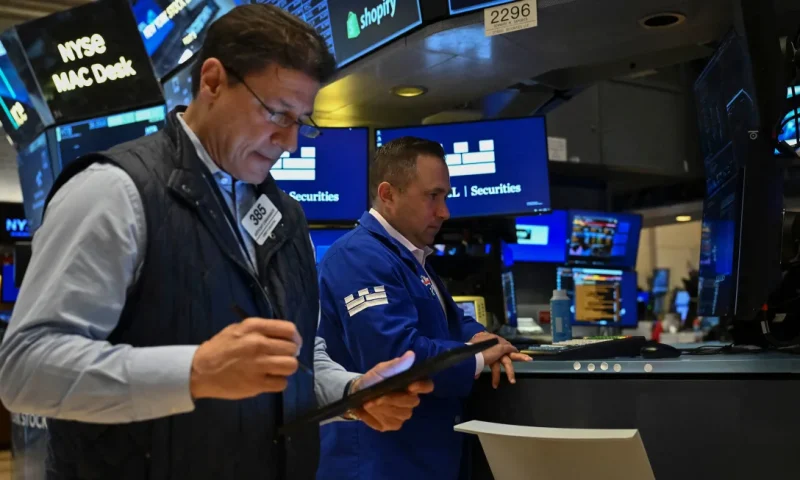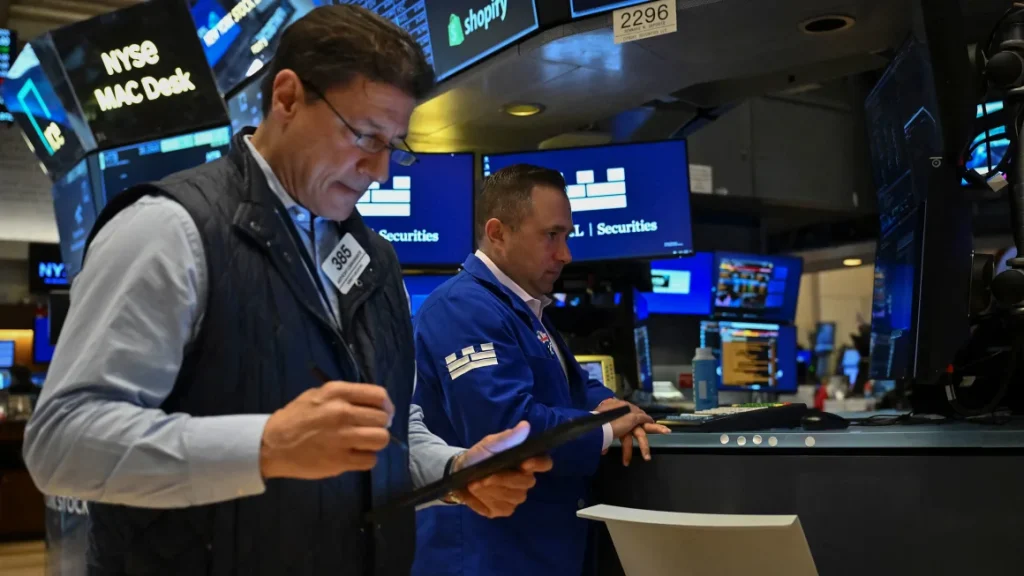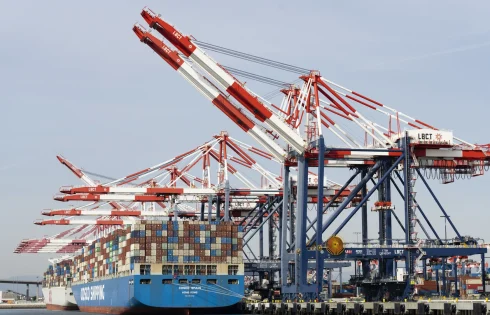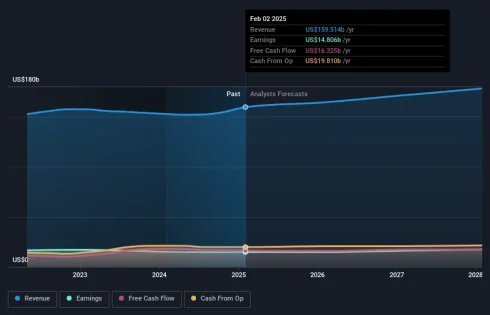
Initial filings for unemployment benefits hit their highest level of the year last week in another potential signs of weakness in the labor market.
Jobless claims for the week ended Feb. 22 totaled a seasonally adjusted 242,000, up 22,000 from the previous week’s revised level and higher than the Dow Jones estimate for 225,000, according to a Labor Department report Thursday.
The level of claims matched the highest since early October 2024 and comes amid questions over broader economic growth and worrying signs in recent consumer sentiment surveys.
President Donald Trump has been taking aggressive measures to reduce the federal workforce through Elon Musk’s Department of Government Efficiency advisory board. The efforts so far have resulted in tens of thousands of jobs cuts and are expected to continue.
In Washington, D.C., new claims totaled 2,047, an increase of 421, or 26%, according to numbers not adjusted for seasonal factors. That is the largest number for the city since March 25, 2023, according to Labor Department records, and is consistent with a surge that began in early January.
However, the claims trend does not appear to be spreading to the surrounding areas. Virginia and Maryland both saw small declines on the week. California, which also has a large population of federal government workers, saw a drop as well.
“This report showed a healthy gain, but not the first ripples of what likely will be a major wave of unemployment claims, both from layoffs in the federal workforce and at companies such as Starbucks and Southwest,” wrote Robert Frick, corporate economist at Navy Federal Credit Union.
Continuing claims, which run a week behind, showed a small decrease and stood at 1.86 million. However, the four-week moving average of claims, which helps smooth out weekly volatility, rose sharply to 224,000, an increase of 8,500.
There were notable increases in the New England area.
In Massachusetts, filings totaled 9,179, an increase of 3,731 from a week ago, while claims in Rhode Island more than tripled to 2,964.
In other economic news Thursday, orders for long-lasting goods such as aircraft, appliances and computers unexpectedly jumped 3.1% in January, a potential sign of attempts to make big-ticket purchases ahead of an acceleration in tariffs.
The Census Bureau reported that the increase in so-called durable goods followed a 1.8% decline in December that was revised from the previous estimate of a 2.2% decrease. The Dow Jones forecast was for a 2% increase.
However, excluding transportation, which leaped 9.8% higher, orders essentially were flat. Orders rose 3.5% when excluding defense.
Trump announced Thursday on social media that 25% duties on Mexico and Canada will take effect on March 4, the same day that China will face an additional 10% charge.
Also, the Commerce Department said the U.S. economy grew at a 2.3% annualized pace in the fourth quarter of 2024, in a second estimate for gross domestic product that was unchanged from the initial figure.
Price indexes within the report that the Federal Reserve follows closely showed slight upward revisions from the previous estimates. The personal consumption expenditures price index for the quarter indicated a 2.4% gain, or 2.7% on core when excluding food and energy.


































